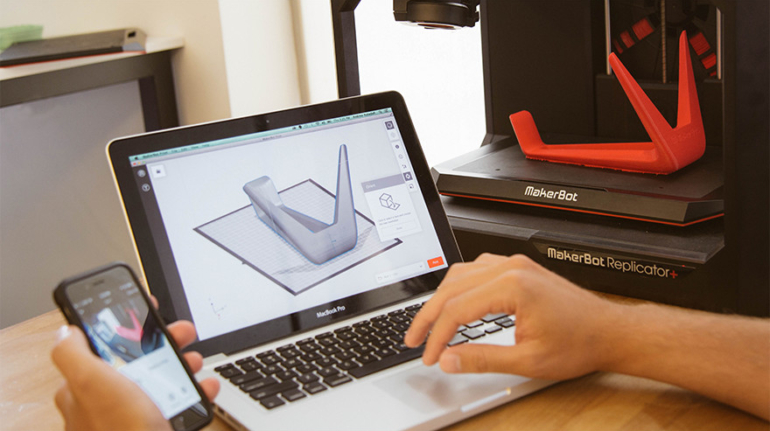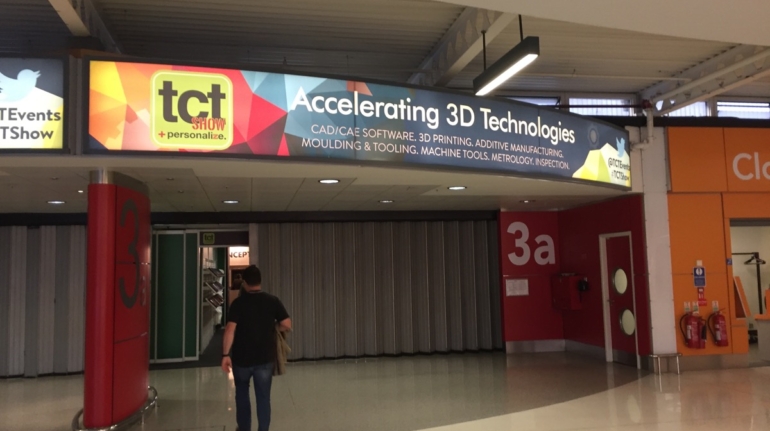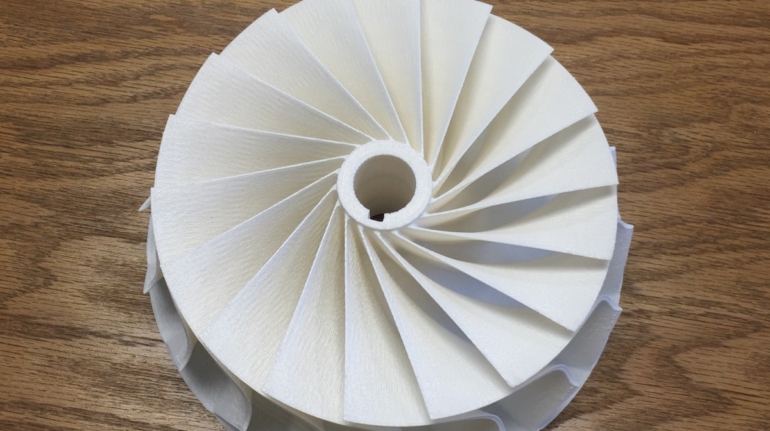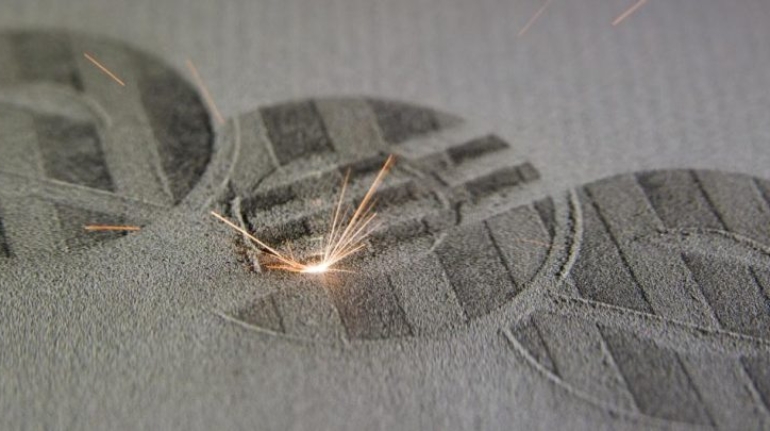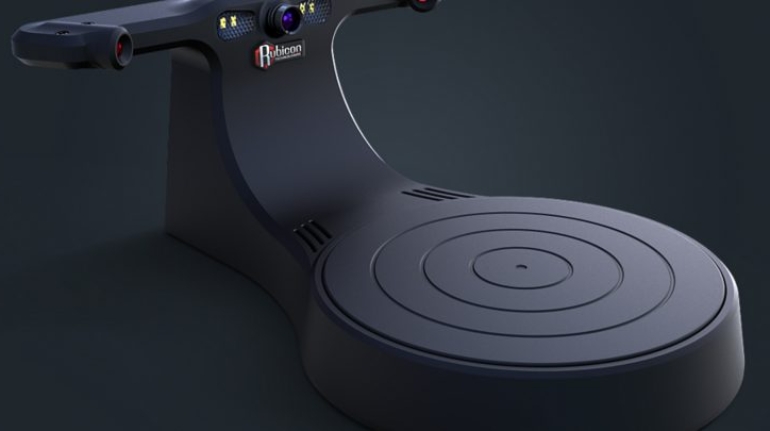The low-cost, desktop 3D scanning segment is extremely varied, with DIY systems starting at a few hundred dollars and high end systems running into the thousands. Until supplies last (only a couple remaining at the time of writing), you are able to take advantage of a unique offer on eBay to get the reliable Rubicon 3D Scanner system at the unbeatable price of €299, thanks to an end-of-stock promotion from Rubicon 3D. Unlike most of its competitors, that use simple web-cam modules running in video mode, the Rubicon 3D Scanner uses an FPGA chip to control the Aptina MT9P006, 5 megapixel image sensor, which enables it to snap an image only when needed. In fact, while the main priority of a camera is to keep a steady frame-rate by sacrificing the image quality, the Rubicon 3D Scanner, through the use of a prolonged exposure, is capable of achieving a much higher quality image. The system designed by Rubitech is known to be at the same time capable of professional level perfromances and extremely easy to use: 3D scanning object becomes easy and fast and for everyone, making it a user favorite for fablabs, makers, workgroups, schools and universities all over Europe. The latest going out of stock promotion on eBay makes it the most affordable in its category currently on the market, representing a great opportunity to take a walk on the other side… of 3D printing.



